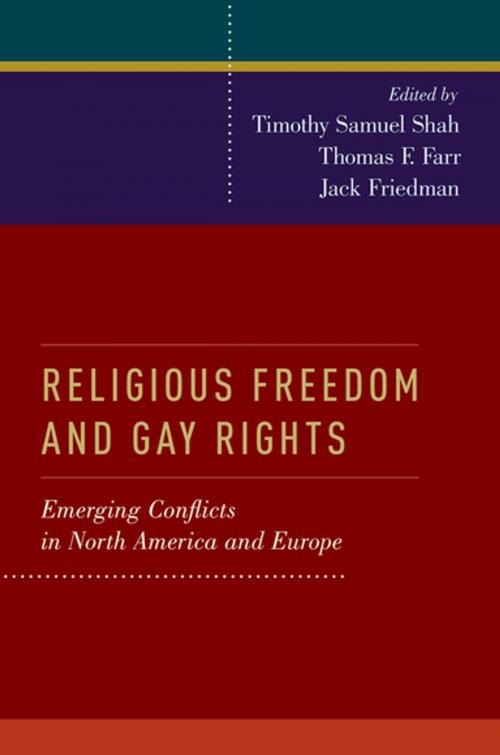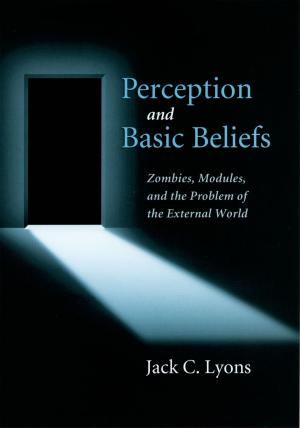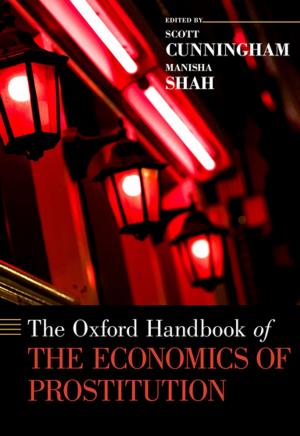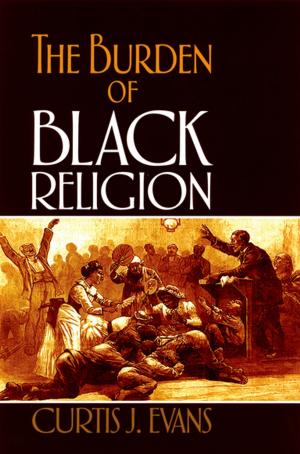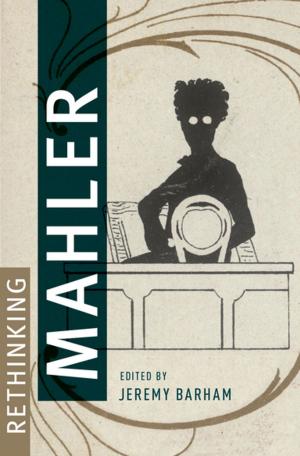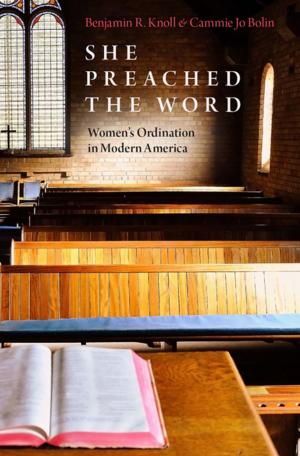Religious Freedom and Gay Rights
Emerging Conflicts in the United States and Europe
Nonfiction, Social & Cultural Studies, Social Science, Gender Studies, Gay Studies, Political Science| Author: | Jack Friedman | ISBN: | 9780190604141 |
| Publisher: | Oxford University Press | Publication: | May 31, 2016 |
| Imprint: | Oxford University Press | Language: | English |
| Author: | Jack Friedman |
| ISBN: | 9780190604141 |
| Publisher: | Oxford University Press |
| Publication: | May 31, 2016 |
| Imprint: | Oxford University Press |
| Language: | English |
In the United States and Europe, an increasing emphasis on equality has pitted rights claims against each other, raising profound philosophical, moral, legal, and political questions about the meaning and reach of religious liberty. Nowhere has this conflict been more salient than in the debate between claims of religious freedom, on one hand, and equal rights claims made on the behalf of members of the lesbian, gay, bisexual, and transgender (LGBT) community, on the other. As new rights for LGBT individuals have expanded in liberal democracies across the West, longstanding rights of religious freedom -- such as the rights of religious communities to adhere to their fundamental teachings, including protecting the rights of conscience; the rights of parents to impart their religious beliefs to their children; and the liberty to advance religiously-based moral arguments as a rationale for laws -- have suffered a corresponding decline. Timothy Samuel Shah, Thomas F. Farr, and Jack Friedman's volume, Religious Freedom and Gay Rights brings together some of the world's leading thinkers on religion, morality, politics, and law to analyze the emerging tensions between religious freedom and gay rights in three key geographic regions: the United States, the United Kingdom, and continental Europe. What implications will expanding regimes of equality rights for LGBT individuals have on religious freedom in these regions? What are the legal and moral frameworks that govern tensions between gay rights and religious freedom? How are these tensions illustrated in particular legal, political, and policy controversies? And what is the proper way to balance new claims of equality against existing claims for freedom of religious groups and individuals? Religious Freedom and Gay Rights offers several explorations of these questions.
In the United States and Europe, an increasing emphasis on equality has pitted rights claims against each other, raising profound philosophical, moral, legal, and political questions about the meaning and reach of religious liberty. Nowhere has this conflict been more salient than in the debate between claims of religious freedom, on one hand, and equal rights claims made on the behalf of members of the lesbian, gay, bisexual, and transgender (LGBT) community, on the other. As new rights for LGBT individuals have expanded in liberal democracies across the West, longstanding rights of religious freedom -- such as the rights of religious communities to adhere to their fundamental teachings, including protecting the rights of conscience; the rights of parents to impart their religious beliefs to their children; and the liberty to advance religiously-based moral arguments as a rationale for laws -- have suffered a corresponding decline. Timothy Samuel Shah, Thomas F. Farr, and Jack Friedman's volume, Religious Freedom and Gay Rights brings together some of the world's leading thinkers on religion, morality, politics, and law to analyze the emerging tensions between religious freedom and gay rights in three key geographic regions: the United States, the United Kingdom, and continental Europe. What implications will expanding regimes of equality rights for LGBT individuals have on religious freedom in these regions? What are the legal and moral frameworks that govern tensions between gay rights and religious freedom? How are these tensions illustrated in particular legal, political, and policy controversies? And what is the proper way to balance new claims of equality against existing claims for freedom of religious groups and individuals? Religious Freedom and Gay Rights offers several explorations of these questions.
